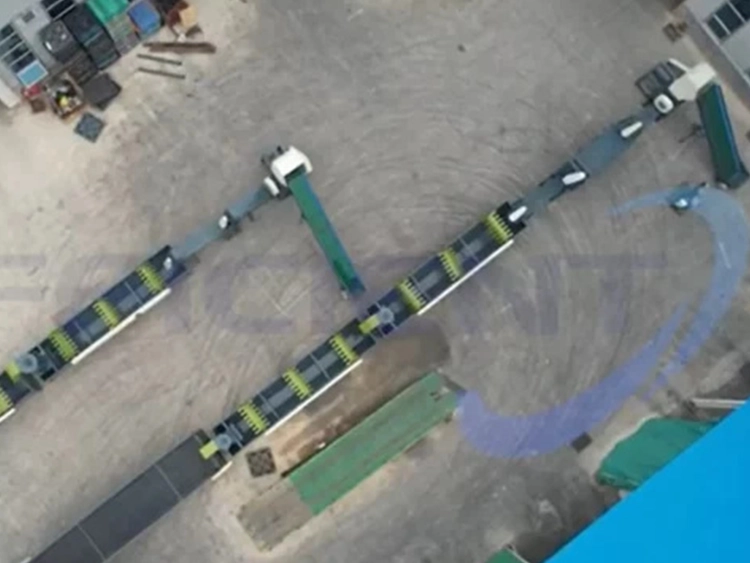Applications of PP PE plastic film recycling lines
Applications of PP PE plastic film recycling lines
Plastic waste has become a pressing environmental issue worldwide. Among various types of plastics, polypropylene (PP) and polyethylene (PE) are two of the most commonly used materials, especially in film applications. Recycling these plastics through specialized production lines not only helps reduce the impact on the environment, but also opens up numerous application areas that contribute to the circular economy.
Learn about plastic film recycling lines
PP and PE are among the most versatile plastics, used extensively in packaging, agriculture, and consumer goods due to their excellent properties such as durability, flexibility, and moisture resistance. Common forms of PP and PE films include food bags, stretch film, shrink wrap, and agricultural film. As the demand for these products continues to grow, so does the need for effective recycling methods to manage plastic waste.
plastic film recycling lines Recycling Process For PP and PE films
The recycling process for PP and PE films typically involves several stages:
- Collection: Collecting used films from a variety of sources, including households, agriculture, commercial establishments, and industrial sites.
- Sorting: Sorting films based on material type and color. This step is critical to ensuring the quality of the recycled product.
- Cleaning: Removing contaminants such as dirt and other impurities to prevent problems during processing.
- Crushing: Crushing the cleaned film into smaller pieces to make it easier to process.
- Granulating: Melting the crushed material and making it into granules that can be used to make new products.
Application areas for recycled PP and PE plastic granules
- Packaging Industry
Recycled PP and PE pellets can be reprocessed into new packaging materials. This includes products such as bags, wraps and containers. Using recycled materials not only reduces the demand for virgin plastics, but also meets consumer demand for sustainable packaging solutions.
- Building Materials
Recycled PP and PE can be used to make building materials such as plastic lumber, roof tiles and insulation boards. These materials are lightweight, moisture-resistant and require less energy to produce than traditional materials.
- Automotive Parts
The automotive industry is increasingly using recycled plastics for various parts such as dashboards, door panels and underbody shields. Utilizing recycled PP and PE helps reduce the overall weight of the vehicle, thereby improving fuel efficiency and reducing emissions.
- Consumer Goods
Many everyday items, including toys, furniture and household items, can be made using recycled PP and PE. Brands are capitalizing on the sustainability trend and promoting products made from recycled materials to attract environmentally conscious consumers.
- Agricultural Applications
Recycled films can be used in agriculture, such as mulch and greenhouse coverings. These products not only increase crop yields, but also promote sustainable agricultural practices by reducing reliance on virgin plastics.
- Textiles
Innovative processes allow PP and PE to be recycled into textile fibers. This application includes the production of non-woven fabrics for items such as bags, cushions and interior decoration. The fashion industry is gradually adopting recycled materials, thereby promoting the circularity of textiles.
- 3D Printing
Recycled PP and PE can be used as feedstock for 3D printing. This application opens up new avenues for prototyping and manufacturing, allowing designers and engineers to create products while minimizing waste.
Environmental impact
Recycling PP and PE plastic films helps reduce plastic waste in landfills and oceans. It lowers greenhouse gas emissions associated with producing virgin plastics and conserves natural resources. In addition, using recycled materials promotes a more sustainable economy and fosters responsible consumption and production practices.



